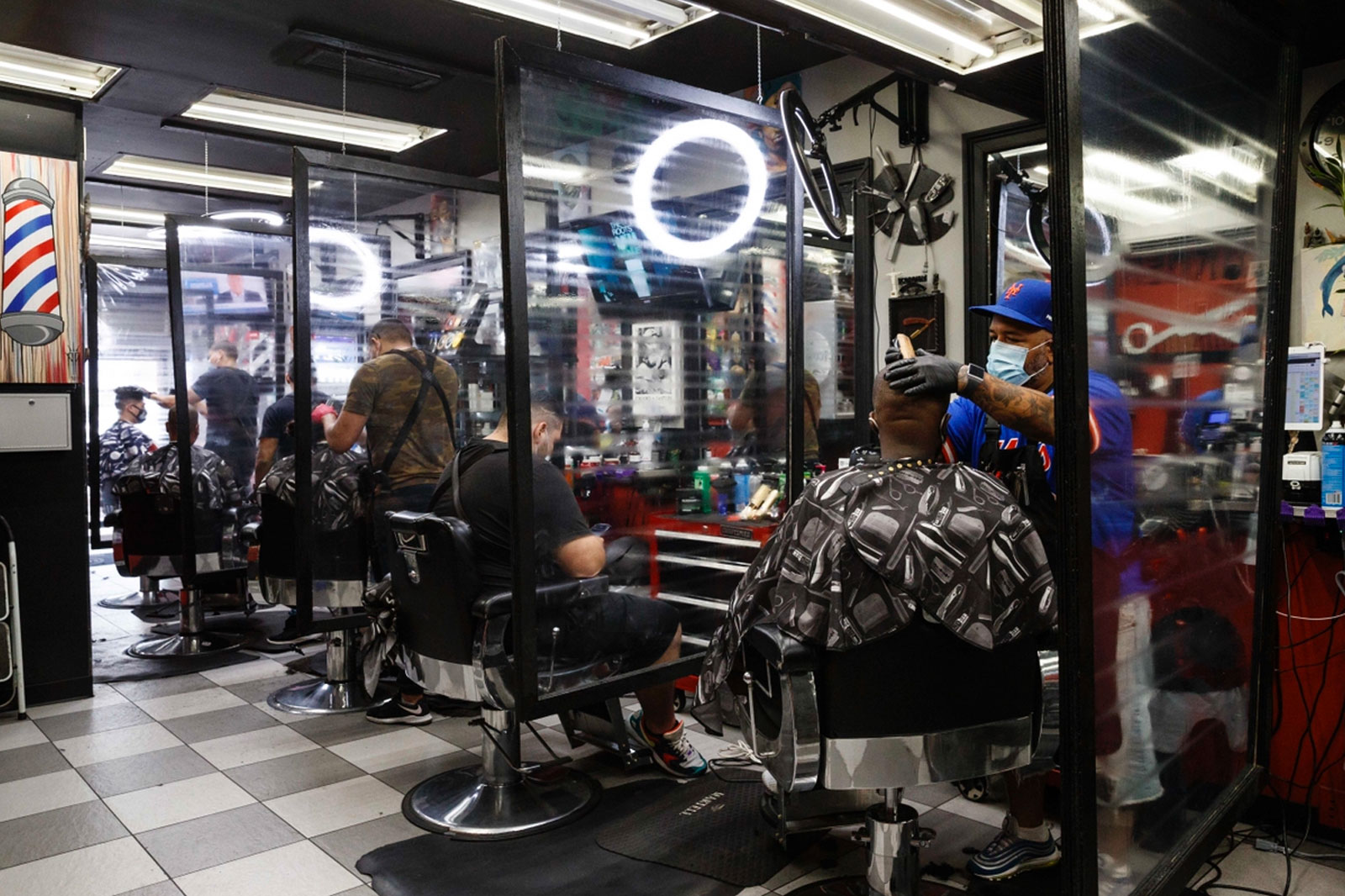One of the most common hygiene mistakes stylists should prevent is the recycling of personal grooming instruments without proper cleaning. Instruments such as shears, clippers, and brushes can hold germs and pathogens if they are not sterilized after every use. Stylists should consistently disinfect their instruments with appropriate solutions or wipes after customers. Neglecting to do so could lead to the spread of infections, which can have serious implications for customers. Establishing a schedule for sanitizing and disinfecting instruments is not just a recommended protocol; it is a vital part of upholding a secure operational environment.
Another habit to avoid is neglecting to wash hands consistently. Stylists engage with multiple clients in a single-day shift, and their skin can easily accumulate bacteria and viruses. It is essential for barbers to clean their hands thoroughly with soap and water prior to and after every client. Additionally, using hand sanitizer can be an effective way to additionally reduce the transmission of pathogens. Skipping this step can endanger customer security and may lead in diseases or illnesses that could have been easily prevented.

Proper cleanliness of the barber shop setting is also critical. Barbers should refrain from overlooking areas that are often handled, such as seats, work surfaces, and waiting area seats. These surfaces should be cleaned and sanitized frequently to reduce the risk of cross-contamination. Creating a cleaning schedule can assist stylists copyright a hygienic environment. This practice not only protects customers but also improves the general experience, making clients feel more at ease and valued.
Moreover, barbers should avoid using products that have not been kept or handled properly. Cosmetic products such as gels, hair sprays, and oils can become contaminated if they are left unsealed or incorrectly kept. It is crucial for stylists to check use-by labels and to keep products in see here now a cool, arid environment. Throwing away any outdated or suspicious products is vital to guarantee client safety. Utilizing tainted products can lead to dermal reactions or hypersensitivity reactions, which can tarnish a stylist's credibility and injure clients.
In, stylists have a responsibility to copyright high standards of sanitation to guarantee the safety and well-being of their customers. By preventing the reuse of unsanitized tools, neglecting hand hygiene, ignoring environmental cleanliness, and utilizing inappropriately stored products, stylists can establish a safe and welcoming atmosphere. Recognizing and applying these essential hygiene protocols look at this website not only protects customers from diseases but also builds confidence and faithfulness. A clean barbershop is a thriving barbershop, where both stylists and clients can feel assured and safe.